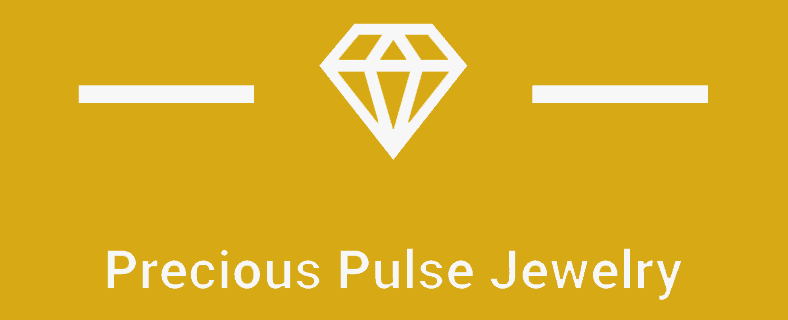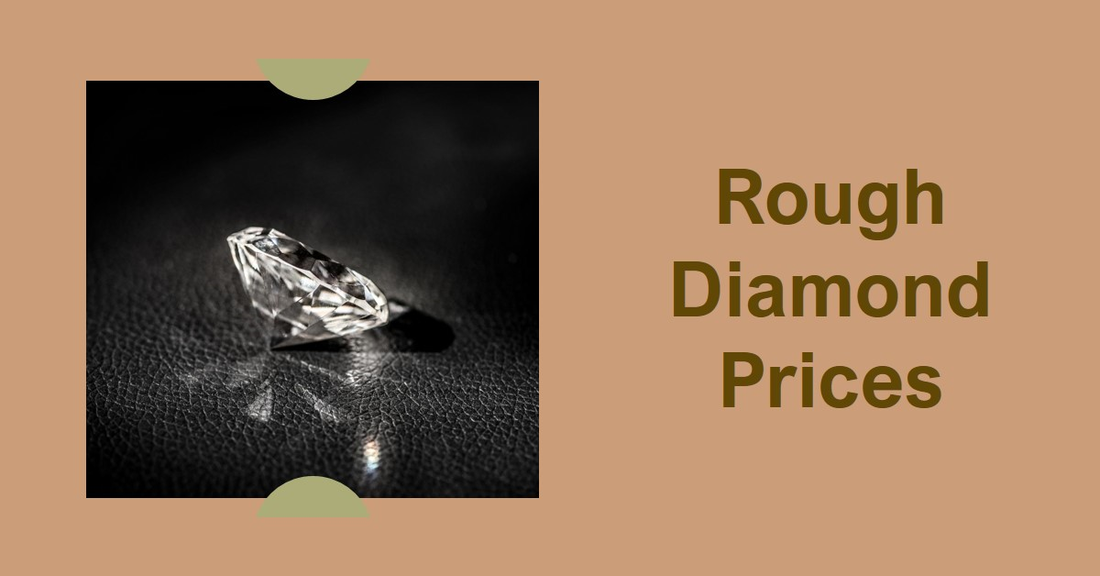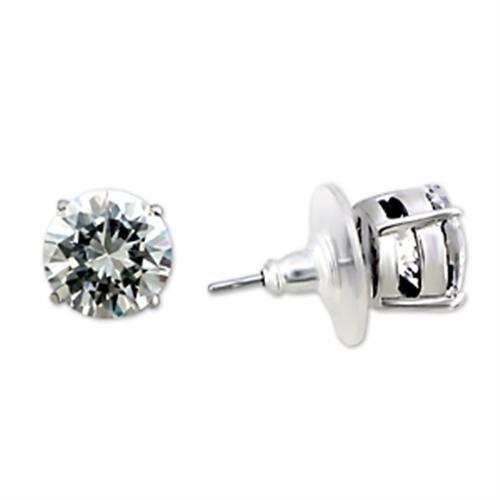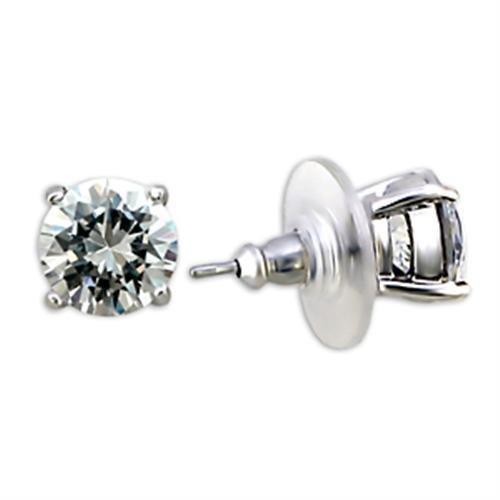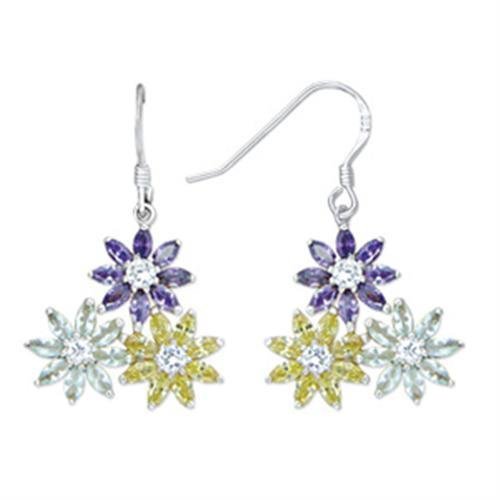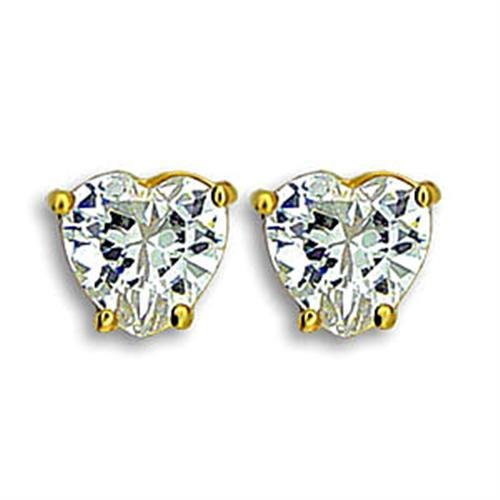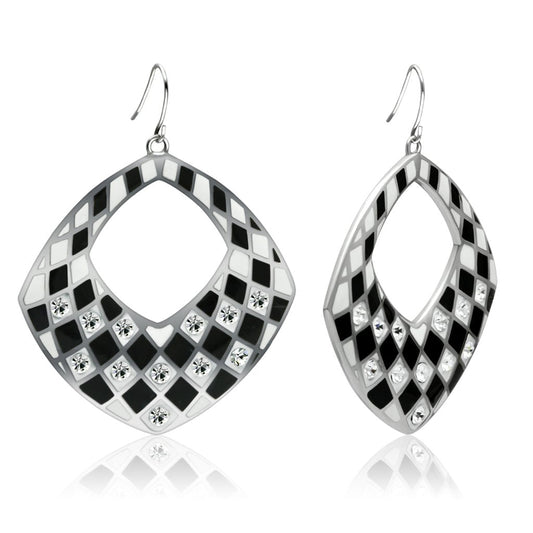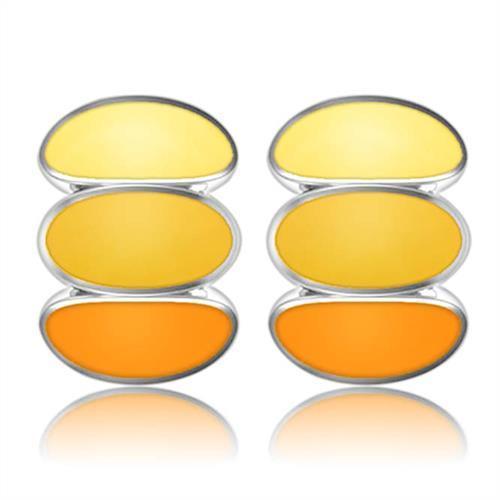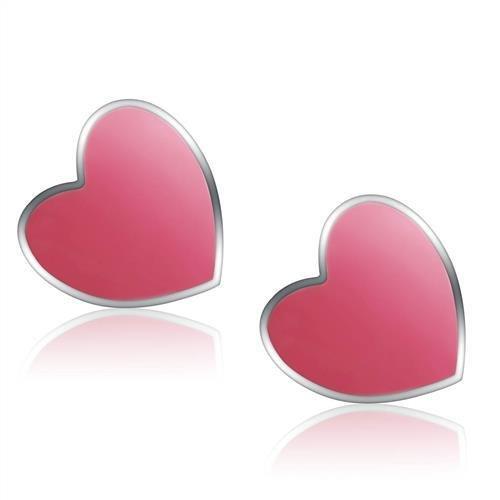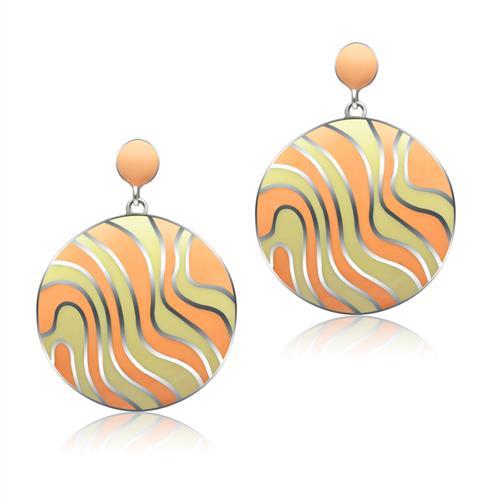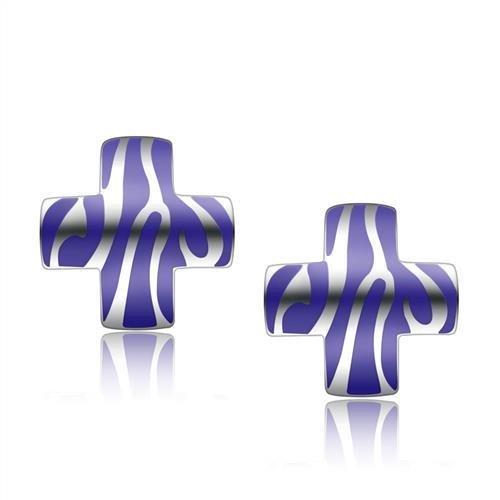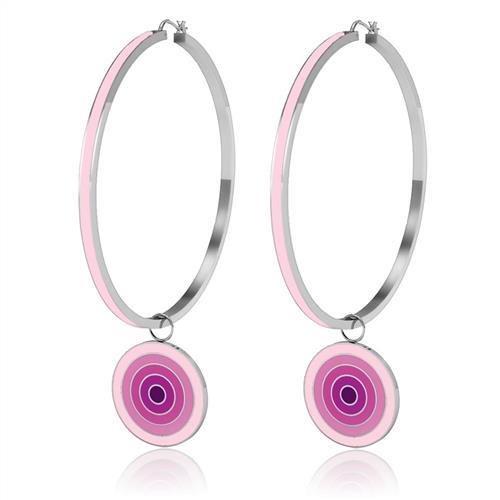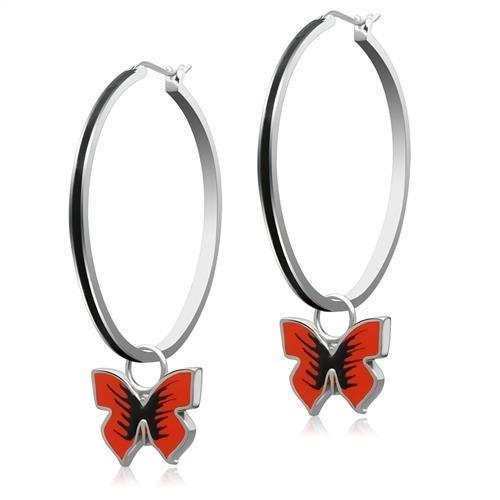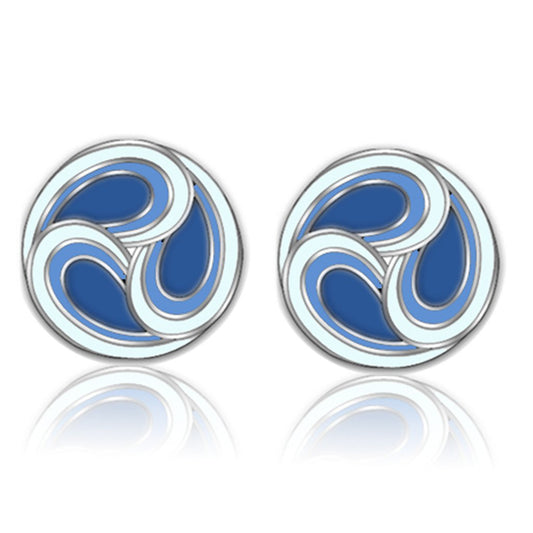Rough diamonds, the raw and uncut forms of the precious gemstones, are evaluated on various factors before reaching their final polished state. Understanding the cost per carat involves examining aspects like crystalline structure, the 4 Cs (Carat, Cut, Color, Clarity), and market influences such as the Rapaport Price List. This article delves into the complexities of determining rough diamond prices, offering insights into wholesale and retail markets, profit margins, and more.
Table of Contents
- Introduction to Rough Diamonds
- Factors Influencing Rough Diamond Prices
- The Process of Pricing Rough Diamonds
- Sorting and Categorization
- The Cutting Process
- Evaluating Rough Diamonds
- Market Dynamics
- Additional Considerations in Rough Diamond Pricing
- The Final Stages: Polishing and Retail
- FAQ: How Much Do Rough Diamonds Cost Per Carat?
Introduction to Rough Diamonds
Rough diamonds, as their name suggests, are diamonds in their natural, unpolished state. The journey from a rough stone to a sparkling gem involves numerous stages, each affecting the final price. Key factors influencing the price per carat include:
- Crystalline Structure: The inherent characteristics of a diamond's crystal lattice.
- Weight and Size Sorting: Larger rough diamonds generally command higher prices.
- Color Sorting and Clarity: These attributes significantly impact the value.
- Cut Quality and Polished Yield: Efficiency in transforming rough into polished gems.
Factors Influencing Rough Diamond Prices
Crystalline Structure and Clarity
The crystalline structure of a rough diamond plays a crucial role in its valuation. Stones with fewer structural defects and higher clarity are preferred. Clearer diamonds with minimal inclusions fetch higher prices as they yield better-polished gems.
"Clarity and structural defects are key determinants in assessing the value of rough diamonds."
Weight and Size Sorting
Diamonds are sorted by weight and size, with larger stones being more valuable. The rough diamond weight significantly influences its price per carat. Heavier diamonds, often yielding larger polished stones, are in higher demand and, therefore, priced higher.
Color Sorting
The color of a rough diamond is another vital factor. Colorless diamonds are rarer and more valuable, while those with noticeable hues are generally less expensive. Shape sorting and weight also contribute to the final pricing strategy.
Market Pricing and Rapaport Value
The Rapaport Price List is a primary reference for diamond pricing, providing a benchmark for evaluating both rough and polished stones. Subscription price lists offer updated market values, ensuring buyers and sellers have current data.
The Process of Pricing Rough Diamonds
Initial Evaluation
Initial evaluation involves gemological knowledge to assess potential value. Factors like color, clarity, and crystalline structure are scrutinized to estimate the rough diamond prices. Diamonds are often categorized as fine rough or commercial rough, depending on their quality and potential yield.
Wholesale and Retail Market Prices
Wholesale market prices differ significantly from retail prices. Wholesale diamond prices reflect the cost of bulk purchases directly from mines or diamond exchanges, often influenced by subscription price lists. Retail prices, however, include profit margins, additional costs, and market demand.
Profit Margin and Purchase Price Calculation
Calculating the purchase price involves considering the initial cost, potential yield after cutting, and expected profit margin. Retailers and jewelers must balance these factors to remain competitive while ensuring profitability.
Sorting and Categorization
Shape Sorting
Shape sorting is a critical step in determining the potential value of rough diamonds. Diamonds are sorted based on their shapes, which affects their final cut and polished form. Shapes like octahedrons are more favorable as they result in less waste during the cutting process.
Color Sorting and Fluorescence
Color sorting involves evaluating the natural hue of the rough diamond. High-quality rough diamonds exhibit minimal color, often appearing as clear or slightly tinted stones. Additionally, fluorescence, the diamond's reaction to ultraviolet light, can impact its value. Diamonds with strong fluorescence might be priced lower due to perceived color changes under different lighting conditions.
Clarity and Structural Defects
Assessing clarity involves identifying internal and external imperfections, known as inclusions and blemishes. Structural defects can significantly impact the diamond's value as they affect the stone's durability and visual appeal. Rough diamonds with fewer inclusions are more valuable and result in higher-quality polished gems.
The Cutting Process
Cleaving and Sawing
Cleaving and sawing are essential processes in transforming rough diamonds into polished gems. Cleaving involves splitting the diamond along its natural planes, while sawing uses a diamond-coated blade to cut through the stone. These steps are crucial for minimizing waste and maximizing the yield of polished diamonds.
Polished Diamond Yield
The yield of polished diamonds from rough stones depends on the efficiency of the cutting process. High-yield diamonds have minimal wastage, resulting in more carats of polished gems. The polished diamond yield directly affects the overall profitability and price per carat of the rough diamond.
The 4 Cs: Carat, Cut, Color, Clarity
The 4 Cs (Carat, Cut, Color, Clarity) are fundamental in determining the quality and value of polished diamonds. These criteria are equally important for rough diamonds as they predict the potential quality of the finished gem. Understanding the 4 Cs helps buyers and sellers assess the value of rough diamonds accurately.
Evaluating Rough Diamonds
HRD Evaluation Course
For those interested in gaining comprehensive knowledge about rough diamond evaluation, the HRD evaluation course provides in-depth training. This course covers essential aspects such as identifying structural defects, understanding crystalline structures, and mastering the 4 Cs.
Kimberley Certification
Kimberley Certification ensures that rough diamonds are conflict-free and ethically sourced. This certification is crucial for maintaining transparency in the diamond trade and assures buyers of the diamond's ethical origins.
Market Dynamics
Wholesale Diamond Prices
Wholesale diamond prices are influenced by various factors, including market demand, supply constraints, and geopolitical conditions. These prices fluctuate, reflecting the global economic environment and trends in the jewelry industry. Wholesale markets often provide a more accurate representation of rough diamond prices compared to retail markets.
Retail Diamond Prices
Retail diamond prices are generally higher than wholesale prices due to added costs such as marketing, branding, and retail markups. Consumers purchasing diamonds from retailers should be aware of these additional costs and understand the factors contributing to the final price.
Diamond Market Pricing
The diamond market pricing structure is complex, involving various intermediaries from miners to retailers. Subscription price lists, such as the Rapaport Price List, offer valuable insights into current market trends and pricing benchmarks. Staying informed about these lists helps buyers and sellers navigate the diamond market effectively.
For more exquisite jewelry pieces, explore our collections of earrings and rings.
Additional Considerations in Rough Diamond Pricing
Lab-Grown Diamonds
Lab-grown diamonds have emerged as a significant alternative to natural diamonds. These diamonds are created in controlled environments and possess similar physical and chemical properties as natural ones. The introduction of lab-grown diamonds has influenced the market dynamics and pricing structures of natural rough diamonds.
Subscription Price Lists
Subscription price lists, like the Rapaport Price List, are indispensable tools for those in the diamond industry. These lists provide up-to-date information on the current market prices, helping buyers and sellers make informed decisions. Subscribing to these lists ensures access to the latest data on rough and polished diamond prices.
Profit Margin and Investment Potential
Investing in rough diamonds requires a thorough understanding of the market and an ability to predict future trends. Profit margins can vary significantly based on the initial purchase price, cutting efficiency, and the final market price of the polished diamonds. Investors must consider these factors and stay informed about market fluctuations to optimize their returns.
The Role of Fluorescence
Fluorescence in diamonds can affect their appearance and value. While some buyers prefer diamonds with fluorescence for their unique glow under ultraviolet light, others may view it as a defect. The presence and strength of fluorescence must be considered when evaluating rough diamond prices.
Color and Clarity Impact
The color and clarity of a rough diamond significantly impact its market value. High-quality diamonds with exceptional color and clarity are rarer and more valuable. These characteristics not only influence the rough diamond price but also the final price of the polished gem.
The Final Stages: Polishing and Retail
Polishing Process
The polishing process transforms rough diamonds into sparkling gems. This stage involves multiple steps, including cutting, grinding, and polishing, to achieve the desired shape and brilliance. The quality of the polishing process directly affects the diamond's final value.
Retail Pricing Strategies
Retail pricing strategies for diamonds involve considering all previous stages, including the rough diamond price, cutting and polishing costs, and market demand. Retailers also factor in branding and marketing expenses, which contribute to the final price seen by consumers.
The Impact of Shape and Size
Diamond shape and size are crucial in determining the final price. Certain shapes may be more popular and in higher demand, affecting their market value. Additionally, larger diamonds often have a higher price per carat due to their rarity and potential for more significant polished gems.
FAQ: How Much Do Rough Diamonds Cost Per Carat?
1. What is the average cost per carat for rough diamonds?
The cost per carat for rough diamonds can vary widely based on factors such as size, color, clarity, and market conditions. On average, prices can range from $100 to $2,500 per carat.
2. How does the size of a rough diamond impact its price?
Larger rough diamonds typically command higher prices per carat due to their rarity and the potential to yield larger polished gems. The value increases exponentially with size.
3. Are rough diamonds more affordable than polished diamonds?
Yes, rough diamonds are generally more affordable than polished diamonds. The additional costs associated with cutting, polishing, and marketing are added to the final price of polished diamonds.
4. How does the origin of a rough diamond affect its price?
The origin can impact the price due to ethical considerations and quality reputation. Kimberley Certified diamonds, which ensure conflict-free origins, might be priced higher due to their ethical sourcing.
5. What role does diamond certification play in the pricing of rough diamonds?
Certification, such as Kimberley Certification, verifies the diamond's ethical origin and quality, potentially increasing its market value. Certified diamonds assure buyers of the stone's legitimacy and quality.
6. Can the cutting and polishing potential of a rough diamond be accurately predicted?
Experienced gemologists can estimate the cutting and polishing potential based on the diamond's size, shape, clarity, and crystalline structure. However, it is not always possible to predict with complete accuracy.
7. How does the diamond market volatility affect rough diamond prices?
Market volatility can significantly impact rough diamond prices. Economic conditions, supply chain disruptions, and changes in consumer demand can cause price fluctuations.
8. Are there any additional costs associated with purchasing rough diamonds?
Yes, additional costs can include cutting and polishing fees, insurance, certification, and potential import/export duties. These factors should be considered when calculating the total investment.
9. How do subscription price lists like the Rapaport Price List influence rough diamond pricing?
Subscription price lists provide current market prices and trends, influencing the pricing strategies of buyers and sellers. They serve as a benchmark for evaluating the value of rough diamonds.
10. What is the difference between fine rough and commercial rough diamonds?
Fine rough diamonds are of higher quality with better clarity and color, resulting in higher polished yields and prices. Commercial rough diamonds may have more inclusions and color variations, making them less expensive but still valuable for certain applications.
For more information on diamond pricing and our unique jewelry collections, visit our necklaces and bracelets.
Key Takeaway: Understanding the cost of rough diamonds per carat involves a comprehensive analysis of various factors, from the initial evaluation of crystalline structures to the final retail pricing strategies. By considering aspects like the 4 Cs, market dynamics, and cutting processes, one can gain a clearer picture of how these precious stones are valued.
This article has provided a detailed overview of how rough diamonds are priced, touching on various factors that influence their value and offering insights into the diamond industry's complexities.
